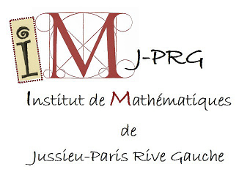Let $\Gamma$ be a poly-tree, i.e. a collection of dyadic rectangles on $\mathbb{R}^n$ (Cartesian product of usual dyadic intervals on $\mathbb{R}$) with natural order by inclusion.\\
The Hardy operator and its 'adjoint' are
\begin{equation}\notag
\begin{split}
&\mathbf{I}f(R) := \sum_{R\subset Q}f(Q)\\
&\mathbf{I}^*f(Q) := \sum_{R\subset Q}f(R).
\end{split}
\end{equation}
We are investigating the action of this operator from $L^2(\Gamma,w^{-1})$ to $L^2(\Gamma,\mu)$, or, which is the same, $\mathbf{I}^*$ from $L^2(\Gamma,\mu^{-1})$ to $L^2(\Gamma,w)$, where $w$ and $\mu$ are just collections of non-negative weights attached to the elements of $\Gamma$. If for given $\mu,w$ the Hardy operator is bounded, we call $(\mu,w)$ \textit{the trace measure-weight pair}.\par
In this talk we consider a special case -- the dimension $n$ is either 2 or 3 and the weight $w$ is a product weight (a typical case is just $w\equiv 1$). We give a couple of descriptions of such pairs in potential theoretical terms: capacitary and energy conditions. We give a short exposition of two-dimensional results, and discuss problems that arise with increasing the dimension. We also establish a connection to weighted Dirichlet spaces on the polydisc. | 
